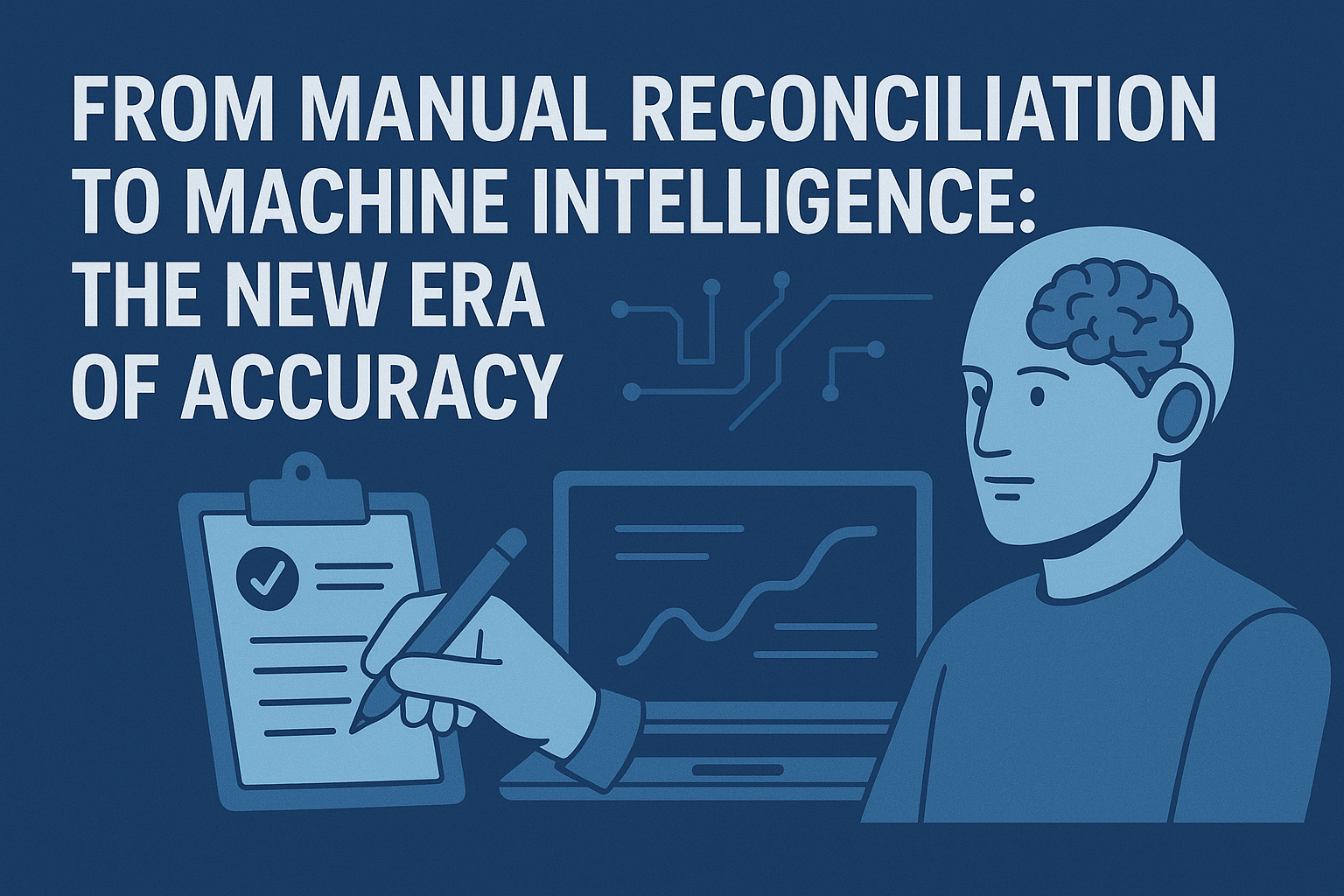
For decades, financial reconciliation has been one of the most time-consuming and error-prone tasks in accounting.
From matching bank statements and supplier invoices to verifying receipts and expense claims, the process often required long hours of manual checking — and still left room for mistakes.
But as business data grows more complex and transactions move faster, manual reconciliation is no longer sustainable.
The next generation of accounting accuracy is being driven by machine intelligence — and it’s already changing how small and medium-sized enterprises (SMEs) operate.
Here’s how platforms like ccMonet are transforming reconciliation from a tedious manual task into an intelligent, automated process that ensures precision at scale.
Traditional reconciliation involves comparing two sets of records — often spreadsheets, bank statements, or invoices — line by line to identify discrepancies.
It’s not just slow; it’s also risky.
Common issues include:
For SMEs with high transaction volumes, these challenges compound quickly — consuming valuable hours that could be spent growing the business.
Automation was the first major step toward solving these inefficiencies.
Simple accounting software could import bank feeds, auto-match recurring payments, and generate basic reports.
However, automation alone had limits.
When data didn’t fit expected patterns — such as a partial payment, an international wire, or a handwritten invoice — the system stalled, and human intervention was still needed.
This is where AI and machine learning now take reconciliation to the next level.
Machine intelligence doesn’t just automate steps — it learns from them.
By analyzing vast amounts of transaction data, AI can identify patterns, detect anomalies, and continuously improve its accuracy.
Platforms like ccMonet use this intelligence to:
The result: reconciliation that’s faster, smarter, and more reliable than ever before.
In the old world, reconciliation was retrospective — confirming what happened weeks or months ago.
With AI, reconciliation becomes real-time and continuous.
Every transaction uploaded to ccMonet — whether a receipt, supplier invoice, or bank entry — is automatically processed and verified.
Discrepancies are flagged immediately, giving owners and accountants a live view of cash flow accuracy.
This shift from reactive checking to proactive control allows SMEs to make faster, data-backed decisions without waiting for month-end reviews.
While AI handles the heavy lifting, human expertise remains essential for oversight and compliance.
That’s why ccMonet uses a hybrid model — AI automation combined with expert verification.
After the system reconciles transactions, ccMonet’s accounting specialists perform a quick accuracy review, ensuring every record meets professional and regulatory standards.
This dual-layer approach means businesses enjoy the efficiency of AI with the assurance of human precision — a combination that defines the new era of financial accuracy.
For SMEs, reconciliation errors don’t just cost time — they distort decision-making.
Inaccurate data affects budgeting, forecasting, and cash management, leading to delayed insights and missed opportunities.
By switching from manual to AI-powered reconciliation, companies gain:
With ccMonet, even small teams can manage enterprise-level accuracy — effortlessly.
The reconciliation process has evolved from manual spreadsheets to intelligent automation — and this transformation is only accelerating.
AI doesn’t just improve efficiency; it builds a foundation of accuracy and trust that supports smarter business growth.
The next era of accounting is not about checking numbers — it’s about understanding them instantly.
Stop spending hours on manual checks.
👉 Discover how ccMonet uses AI and expert validation to automate reconciliation, eliminate errors, and give your business real-time financial clarity — all with unmatched accuracy.